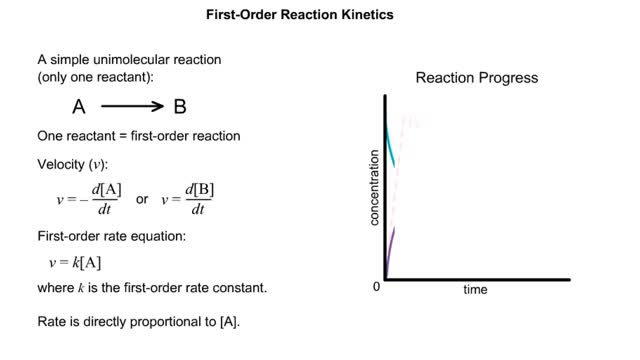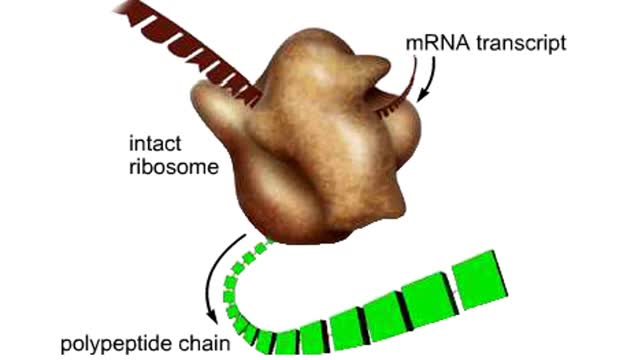Proteins
By: HWC
Date Uploaded: 09/10/2020
Tags: homeworkclinic.com Homework Clinic HWC Proteins chemical reaction enzyme polypeptide chains amino acids. glycine isoleucine
Living things must accomplish a great number of tasks just to get through a day, and these tasks are accomplished by a diverse range of biological molecules. In the range of tasks that molecules accomplish, however, proteins reign supreme. Almost every chemical reaction that takes place in living things is hastened—or, in practical terms, enabled—by a particular kind of protein called an enzyme. In this tutorial, we'll review the essential structure of proteins, and how the specific three dimensional shape of proteins determines their ultimate functionality. Proteins are made of strings of amino acids that are called polypeptide chains, folded up in a three dimensional manner. There are tens of thousands of proteins that are all built from 20 amino acids. All amino acids have a similar structure, consisting of an amino group, a carboxyl group, and a variable side chain. It is the side chain—represented by "R"—that distinguishes one amino acid from another. Two examples are shown here: glycine (gly) and isoleucine (ile). Each polypeptide chain formed by the linked amino acids folds up into a specific complex three-dimensional structure, resulting in a unique protein. The coils and linear segments shown in this protein represent the local conformation or secondary structure of the protein subunits. This three-dimensional shape gives each protein its unique function: the capacity to recognize and bind with other particular molecules in specific ways.
Add To
You must login to add videos to your playlists.
Advertisement












Comments
0 Comments total
Sign In to post comments.
No comments have been posted for this video yet.